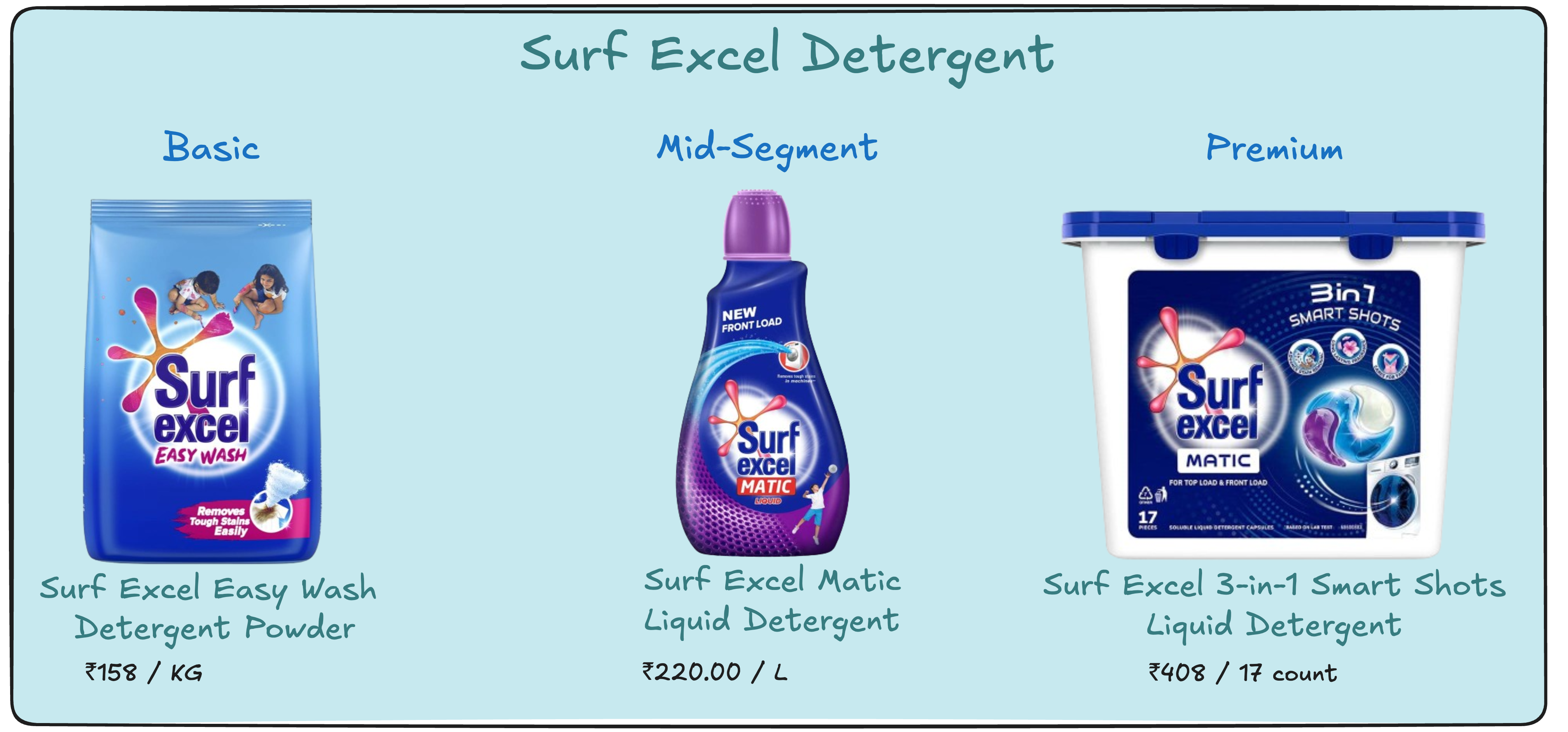Premiumization of FMCG
Aug 05, 2024Imagine you are the CEO of a major FMCG company. The market penetration in your segment is close to 100% and your company commands a majority market share. Your company’s revenue has plateaued. What is the next step?
Unfortunately, in a highly competitive market, plateauing growth is not a good sign, even for a market leader.
In a capitalist society, continuous growth isn’t merely a desirable goal; it’s a fundamental requirement. Companies are expected not just to maintain their market position but to constantly expand and innovate, ensuring increased profits and shareholder value. Whether this relentless demand for growth is ultimately beneficial in the long run is a matter of debate… but I digress.
it’s time for the company to explore new strategies for growth and innovation.
Rising Incomes and the Shift Towards Premiumization
For the past few years, India has been witnessing an interesting trend.
Here’s an interesting quote from BCG’s ‘The New Indian: The Many Facets of a Changing Consumer’ study (Link).
‘India’s income pyramid is transforming itself into a diamond as household incomes grew. In terms of spending, the two top consumer categories—elite and affluent—will become the largest combined segment by 2025, accounting for 40% of consumption compared with 27% in 2016.”

As incomes rise among the ‘Elite’ and ‘Affluent’ consumers, they are increasingly willing to pay higher prices for goods they ‘perceive’ as premium within the same category. FMCG companies are targeting these affluent customers in urban markets to boost their revenue and profit margins through premium portfolio offerings.
This strategy of offering expensive, high-quality products to those who can afford them is known as premiumization.
Here are some examples of Premiumization by the Top FMCG’s of India.

Britannia offers a diverse range of biscuits, from the humble Good Day Butter biscuit at the Basic end to the slightly more expensive Chocochip cookies in the mid-range. At the Premium end, they feature the Good Day Chunkies. It’s interesting to note that the Premium biscuits are priced at 325% more than the Basic biscuits, highlighting a significant pricing differential within the product line.

Colgate seeks to encourage consumers who currently use their Basic product to upgrade to the more expensive Colgate Active Salt Neem by highlighting its perceived benefits over other toothpastes

Surf Excel has expanded its laundry detergent portfolio by introducing new ranges, including Liquid detergents and Smart Shots.

We are seeing increasing premiumization in food categories as well. To cater to the growing appetite of ‘Elite’ and ‘Affluent’ consumers for indulgent treats, Cadbury has launched their premium segment of Dairy Milk: Dairy Milk Silk.

Nestle’s Maggi has also been introducing new flavours in its mid-range and premium segment in a bid to cater to the evolving consumer preferences.

And finally, the humble salt. Who would have thought there would be demand for premium salt products? Tata Salt is tapping into this trend by encouraging consumers to try their new ‘Tata Salt Lite,’ which has reduced sodium, and ‘Tata Salt Himalayan Pink Salt.

Tata Salt highlights the value proposition of its mid-range product: Tata Salt Lite by talking about its health benefits.
By seeing their print and social media ads, it is clear that the customer segment they are targeting is young urban consumers who prioritize their health.

Salt Lite is over 78% more expensive than Tata Salt’s basic variant. Is it really worth it? Who can say… But it’s the marketer’s job to communicate to the consumers the product’s value proposition and increase their willingness to pay.
As the trend of premiumization continues to gain momentum, we will see even more innovative and diverse offerings, catering to the ever-growing Indian consumer’s appetite for quality and exclusivity.